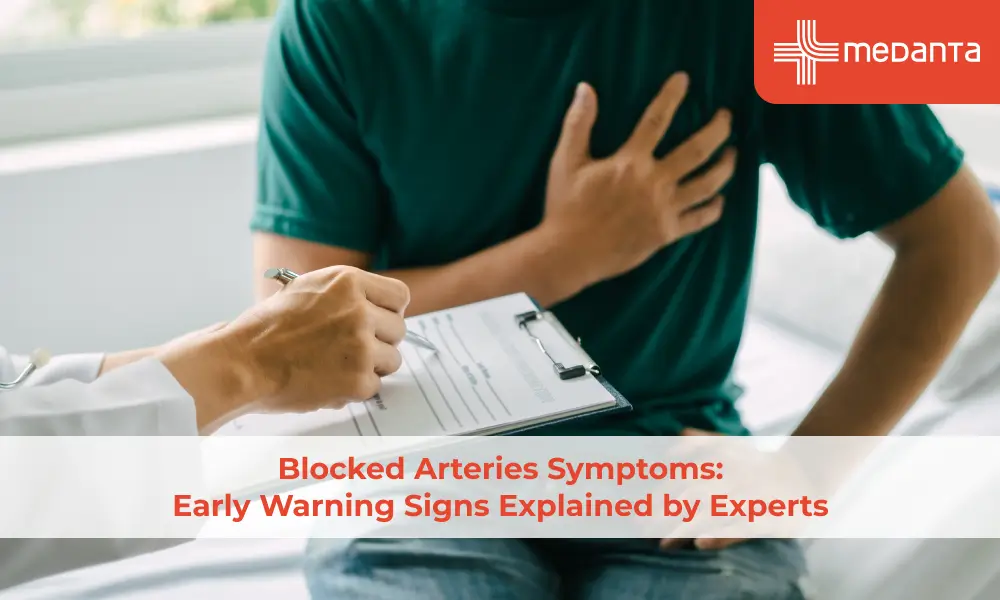What Causes Cirrhosis of the Liver? What Are The Symptoms And Treatments?

What is cirrhosis of the liver?
The scarring of the liver happens over a long period of time and due to accumulated damage from various causes. Hence, it is usually referred to as a end-stage liver disease. Many chemicals and conditions cause the death of functional liver cells and inflammation results in the area. This is similar to the healing process in any other tissue and your body starts depositing substances in the area, causing fibrosis. This is similar to scar tissue. Prolonged inflammation, leads to fibrosis. As fibrosis progresses, it starts blocking the flow of blood inside the liver and its ability to process nutrients and perform its functions. This also reduces the liver’s ability to manufacture the essential molecules your body needs for normal functioning. Fibrosis is a precursor to cirrhosis. Cirrhosis when decompensated is life-threatening.
The most common reasons for the scarring are alcohol abuse over the years, hepatitis and nonalcoholic fatty liver disease / metabolic dysfunction associated steatotic liver disease.
What causes cirrhosis of the liver?
- Alcohol abuse
- Hepatitis B and C
- Non-alcoholic fatty liver disease NAFLD / metabolic dysfunction associated steatotic liver disease (MASLD)
- Genetic conditions:
- Alpha 1 antitrypsin deficiency
- Hemochromatosis
- Wilson disease
- Cystic fibrosis
- Glycogen storage disorders
- Alagille syndrome
- Auto-immune hepatitis
- Obstructive conditions to bile flow like conditions affecting the bile duct (like Primary Biliary cholangitis, Primary Sclerosing Cholangitis)
- Chronic heart failure
- Rare conditions like amyloidosis
What are the common signs and symptoms?
Cirrhosis does not always show any signs or symptoms when it starts. As the damage progresses, more signs and symptoms start showing up. These may include:
- General weakness
- Tiredness
- Easy bruising & bleeding
- Loss of hunger
- Feeling of vomiting
- Swelling in legs, feet or ankles
- Loss of body weight
- Itchy irritable skin
- Yellowish colour in the skin or eyes
- Fluid building up inside the belly
- Brown or orange colour urine
- Confusion, memory loss and difficulty thinking
- Blood while passing stool
- Small red spots on the skin with spider-like blood vessels radiating away from it
- In men, it can lead to loss of sex drive and shrunken testicles
- In women, it can lead to premature menopause
What are the complications of cirrhosis?
As the condition progresses, the normal functioning of your liver gets affected. This leads to increased pressure in portal veins called as portal hypertension. Portal hypertension have various complications.
- High blood pressure in the portal vein which supply blood to the liver is known as portal hypertension. This in turn can cause:
- Swelling or oedema in your hands, legs and feet
- The buildup of fluid in the abdomen known as ascites
- Enlarged spleen
- Changes to the blood vessels in your lungs cause low levels of oxygen in the body and shortness of breath
- Kidney failure
- Confusion and difficulty in thinking and memory.
- Infections: The body’s immunity suffers as the liver is not able to manufacture all the molecules required for these functions in ample quantities. This makes the person more prone to getting infections.
- Malnutrition is caused by improper digestion, absorption and processing of food.
- The buildup of toxins in the body and the brain causes confusion
- Loss of bone strength
- Increased risk of liver cancer
- Liver Failure
How will my doctor diagnose cirrhosis of the liver?
Your doctor may recommend some tests to understand the condition and functioning of your liver like:
- Physical examination - Your doctor will examine you and look for signs and symptoms of cirrhosis like the ones listed above
- Blood tests - Your doctor may ask you to do several blood tests to understand how well your liver is functioning now. These include:
- Albumin (lower in cirrhosis)
- Blood clotting factors (lower in cirrhosis)
- Liver enzymes (higher in cirrhosis)
- Iron (higher in cirrhosis)
- Check for auto-immune (self-damaging) antibodies
- Bilirubin level (higher in cirrhosis)
- WBC count to check for infection
- Kidney function tests
- Electrolyte levels in the blood like Sodium
- Alpha-fetoprotein to check for liver cancer
- Hepatitis B & C tests
- Imaging tests - Your doctor may need to do imaging tests to understand the degree to which the liver has been affected. These tests may include CT, Ultrasound, MRI or a special ultrasound called transient elastography / Fibroscan to measure fattiness and stiffness in the liver. Endoscopy may be required if there is suspicion of dilated venous channels in esophagus called as varices.
- Biopsy - A liver biopsy is a small piece of the tissue that is taken out to be studied for changes and to look for any signs of liver cancer.
How is liver cirrhosis treated?
Cirrhosis is usually not reversible, and treatment is mainly aimed at preventing its progression to decompensated state and screening for complications of portal hypertension and liver cancer. The common approaches are:
- Treat the underlying cause:
- Obesity
- Alcohol dependency
- Treatment for any infections
- Symptom relief:
- Medication for itching, fatigue and pain
- Nutritional supplements
- Treatment for complications:
- Excess fluid in the body
- High pressure in liver blood vessels
- Infections
- Screening for or treatment for liver cancer
- Reduced mental functions
- Liver transplant surgery:
In advanced cases of cirrhosis, the only available option is liver transplant surgery.






